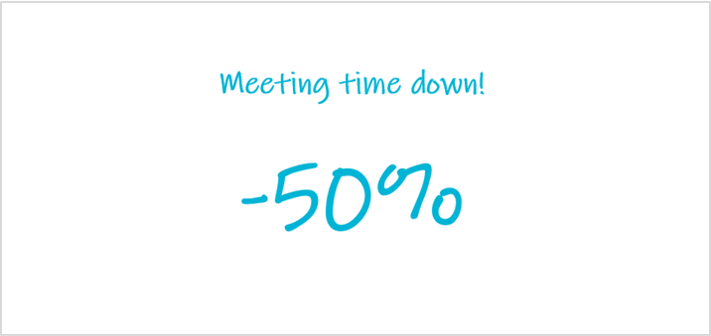
Administration report: Horizons – Helicopter view  — 1.14
— 1.14
Markus Westerlund
Share this blog
The CEO of a company often needs to give presentations to the board. How does the CEO explain the big policies? It is a good idea to talk about horizons. Horizons are something that can be discussed with the board, management group and the whole staff. It’s a helicopter view into the business.
Business horizons

The principal idea is very simple: We look at what kind of jumps we make in our business. We call them horizons. Then we’re able to see the current situation and the past situation. The future is foggy, but it’s possible to set clear goals into the future. The future can also be created. Goals can be bundled into horizons.
The thing that makes this truly interesting, is that we rarely rise to a helicopter level in our everyday lives. We don’t see the big waves, instead we see clutter. When the horizons are crystallized, you see the thing that can help to make better decisions.

First, the work begins by looking back. The result is a PowerPoint slide, in which the business horizons and big goals are listed. Last year’s horizon with its 10 most important points are included. Five points might suffice, but oftentimes the list becomes too long. Choose only the most important points.

The next step is to list all the things the company wishes to achieve during this year. Perhaps some plans for the upcoming year can also be written down. Suddenly you have a map about all the big business jumps.
This is your horizon! All the big choices and goals are listed. It’s pretty easy to write a long list, however, it takes some effort to compress the core issues to a tighter package.
Yearly themes

The next step is to give a theme for each year, and the theme is written on top of the curve. After a few years, the fruits of the labor becomes visible.
8 year journey

I have a great case that demonstrated this in practice. The case comes from a billion-dollar company, in which we have made jumps for eight years. The last time we made the eighth year leap, we started to feel that there are too many of them, that they don’t even fit into the picture. If a CEO shows a messy slide to the board, what would you think as a board member? You might think that this CEO has been in their position for a bit too long. Should the CEO be replaced? The CEO can be absolutely brilliant in their job, yet a thought like this can emerge nevertheless.
Two-year business horizons

This created a clear image.
Strategy journey

Take a guess what our management team’s reaction was when this image was presented to them. This image helped everyone to understand the company’s situation. In fact, the image showed great logic, a great journey, a strategy journey.
Sometimes I joke that the best strategies are written afterwards. When you look back, the journey seems like a straight line, even though it certainly didn’t feel like it. The management group felt that our company’s thing is actually pretty cool!
In Finland, we have a tendency to compare ourselves with Sweden. In Sweden, people use superlatives constantly. The best superlative we, in Finland, can stereotypically think of is “Not too bad”. We should know how to hype our strategy journeys because they are truly great!

Helicopter view
With a horizontal image the management group, the board and the staff get a helicopter view into the whole operation. It helps to visualize the ambition that is needed during the next jump. When people are presented with a crystallized form of reality, anyone is able to understand the thing.
I have many times mentioned the five-day war of Kuwait and general Schwarzkopf’s story about the satellite perspective. If you’re down on ground level at the sand dunes and encounter the enemy, you’re able to make good decisions. However, if you rise to the satellite level, “then you know what to do” to a much better degree. This is the same thing with the horizontal image.

When the presentation has been shown to the board and they have given feedback on it, it is, of course, shown to the staff as well. The outcome is clear. Pride, excitement and sensibleness are the outcomes the organization gets to enjoy.

Strategy journey becomes reality
Everyone suddenly remembers what has been done. New employees understand the kind of company they’re working at and they see the reason in making the journey that is defined in the strategy. The word spreads between friends and the employer’s brand improves.
This is how the strategy journey becomes reality! It doesn’t only remain as a plan, but it actually translates into lived experience.
Build your business horizons and ignite your strategy! Read more.🔥
Recent Posts
Stradigo
Stradigo is a brand owned by Rdigo Oy (Business-ID: 2120844-1).
Learn more from our Imprint.
Rdigo Oy is registered in Finland as a Limited company. We are a strategy consultancy located in the Helsinki capital region.
We’ve been in business since 2007. The company name comes from the latin word Redigo, meaning both ‘I shape’ & ‘I renew’.
Stradigo combines the word strategy with Rdigo.






































